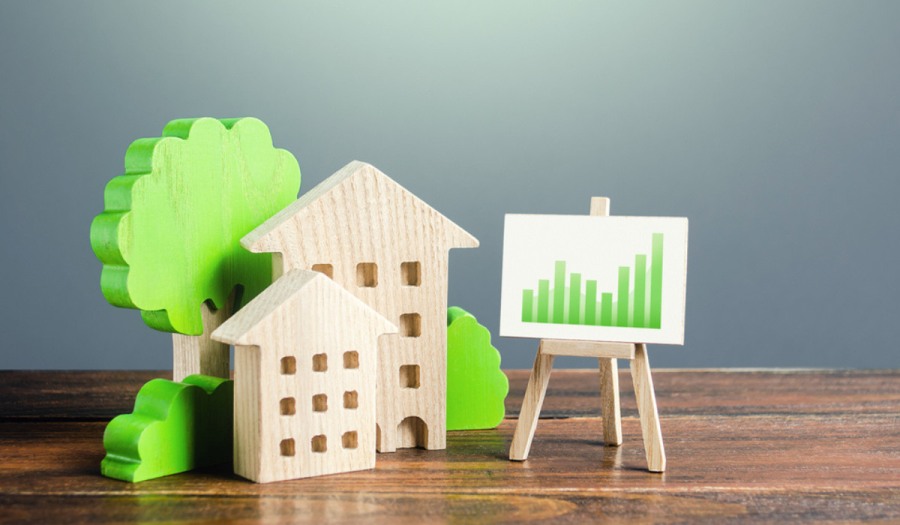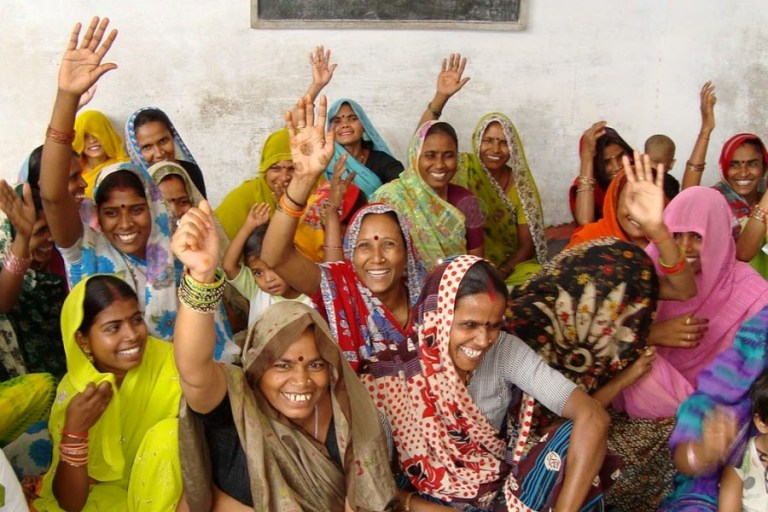
As concerns for sustainable development and eco-conscious practices continue to shape the global discourse, the spotlight falls on the realm of real estate, where innovation is driving a transformative shift towards greener, more sustainable spaces.
In this context, the insights of Ms. Manju Yagnik, Vice Chairperson, Nahar Group and Senior Vice President of National Real Estate Development Council (NAREDCO), Maharashtra, are both timely and crucial. With an illustrious career spanning over three decades, marked by numerous accolades and achievements, Ms. Yagnik's astute leadership and strategic vision have not only elevated Nahar Group's stature but have also propelled the industry towards embracing more eco-friendly practices.
In this enlightening article, Ms. Yagnik shines a light on the transformative potential of 'Green Retrofitting' in revitalizing existing office spaces, emphasizing its critical role in fostering a sustainable and environmentally responsible approach to real estate development. With a keen focus on energy efficiency, resource conservation, and reducing carbon footprints, she highlights the significant impact of green retrofitting, including its contribution to enhancing property value.
Unlock the complete narrative below to delve into a world of sustainable real estate transformation.
In contrast to the global economic landscape, the Indian economy is expected to develop at a 7-8% annual rate in the April-June 2023 quarter. Strong domestic demand, government investments, and a gradual revival in private investment are likely to boost GDP growth. While much emphasis is placed on building India into a worldwide manufacturing hub, the significance of the local real estate sector in creating jobs, contributing actual economic value, and influencing other industries is sometimes underestimated. In reality, the real estate business is the second-largest job creator after agriculture, and it has contributed nearly 11% of GVA growth since 2011-12. The real estate sector has also made a strong comeback in registering a record number of new registrations over the last few quarters. With the government giving great impetus to developing new and innovative infrastructure projects, the real estate sector is looking at a stellar decade with the emergence of multiple micro-markets. This would mean an increase in business & commerce activities, which would create new commercial and residential structures.
While several states have developed green building rules and emphasise new buildings going green through increased energy efficiency, water conservation, and obtaining energy from renewables, existing buildings are frequently left out of the green building conversation. And this is where the 'Green Retrofitting' movement has evolved in India, which aids in transforming old office buildings into sustainable projects.
The power of green retrofitting transforms office building operational environments, promoting energy efficiency, resource conservation, and a lower carbon footprint. Green retrofitting has the potential to transform the future of office spaces in a vast number of buildings. As we delve into the various benefits, sophisticated procedures, and new trends fueling this revolutionary movement, we must also highlight the growing desire for sustainable workplaces.
Though it is much easier to construct an environmentally friendly structure, the issue of retrofitting must be addressed because current buildings consume the maximum share of total global energy, through electrical appliances, lights, refrigeration, water heating, and air conditioning equipment. First and foremost, the retrofitting plan necessitates extensive customization, which raises the cost because modifying the current structure is frequently impractical. Other significant issues include the inaccessibility of data, particularly the power spent by specific components lack an old building rather than the total power bill.
However, most of these obstacles are manageable, and the opportunity is enormous. Even if the investment is substantial, there are various low-hanging fruits that may be harvested, and the return on investment period is less than three years. It has the potential to save a significant amount of power and energy.
The Urgency of Sustainability: The real estate industry must lead the way to apply sustainable practices in the face of climate change and environmental harm. We must address these issues by making our current structures more ecologically friendly as we progress toward a more sustainable future.
A few advantages of green retrofitting include:
1. Energy efficiency: The amount of energy used by buildings is significantly reduced by green retrofitting. Using energy-efficient appliances, lights, and HVAC systems may drastically lower the carbon footprint of existing real estate.
2. Reduced Environmental Impact: We can reduce the environmental impact of the construction sector by upgrading existing buildings. It aids in resource conservation and lessens waste that would have been produced during the construction of new buildings.
3. Cost savings: Although the initial cost of going green may seem high, it is a prudent financial decision. Reduced energy use lowers utility bills, benefiting building owners and tenants.
4. Enhanced Property Value: Sustainable properties are becoming more valuable due to expanding market demand. Green retrofitting increases the overall value of the building and draws in environmentally aware purchasers and tenants, often willing to pay a premium.
Green retrofitting is a game-changing solution that equips the real estate sector with a positive environmental impact. We can use less energy, emit fewer greenhouse gases, and create healthier living spaces to meet sustainability requirements.
Our duty as real estate developers is to use green retrofitting techniques and help create a more sustainable future. We may leave a lasting legacy of environmental care for future generations by turning existing real estate into sustainable environments. Let's work together to create a greener and more sustainable future.









.jpg)




